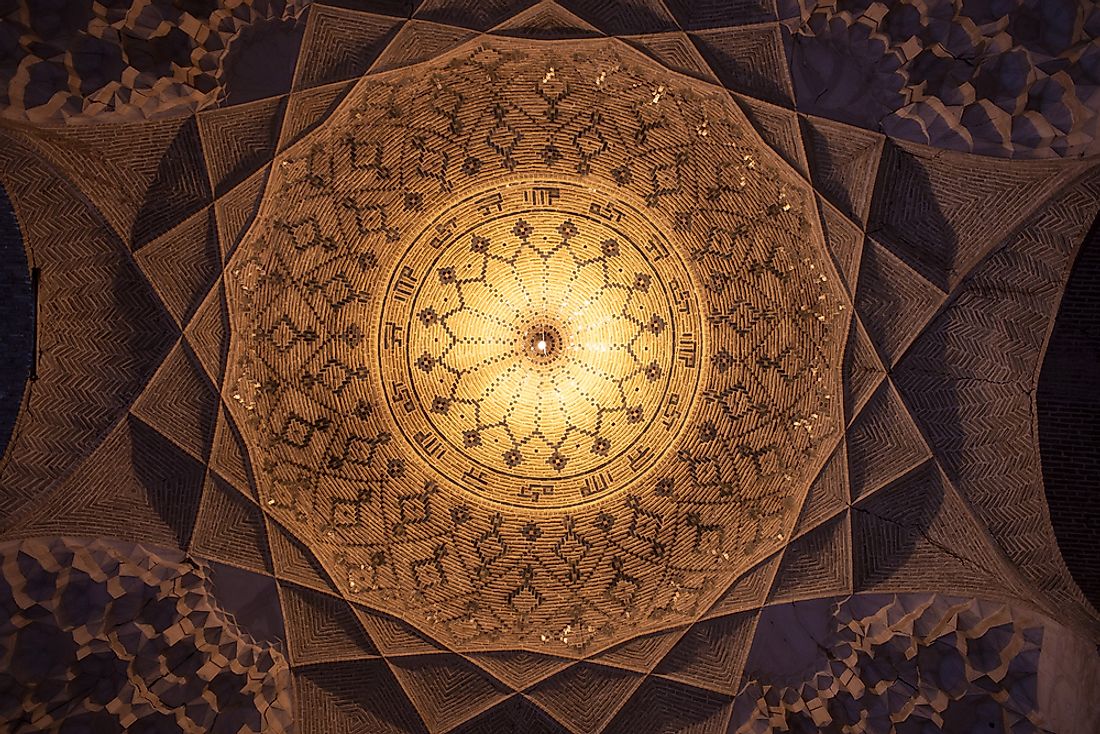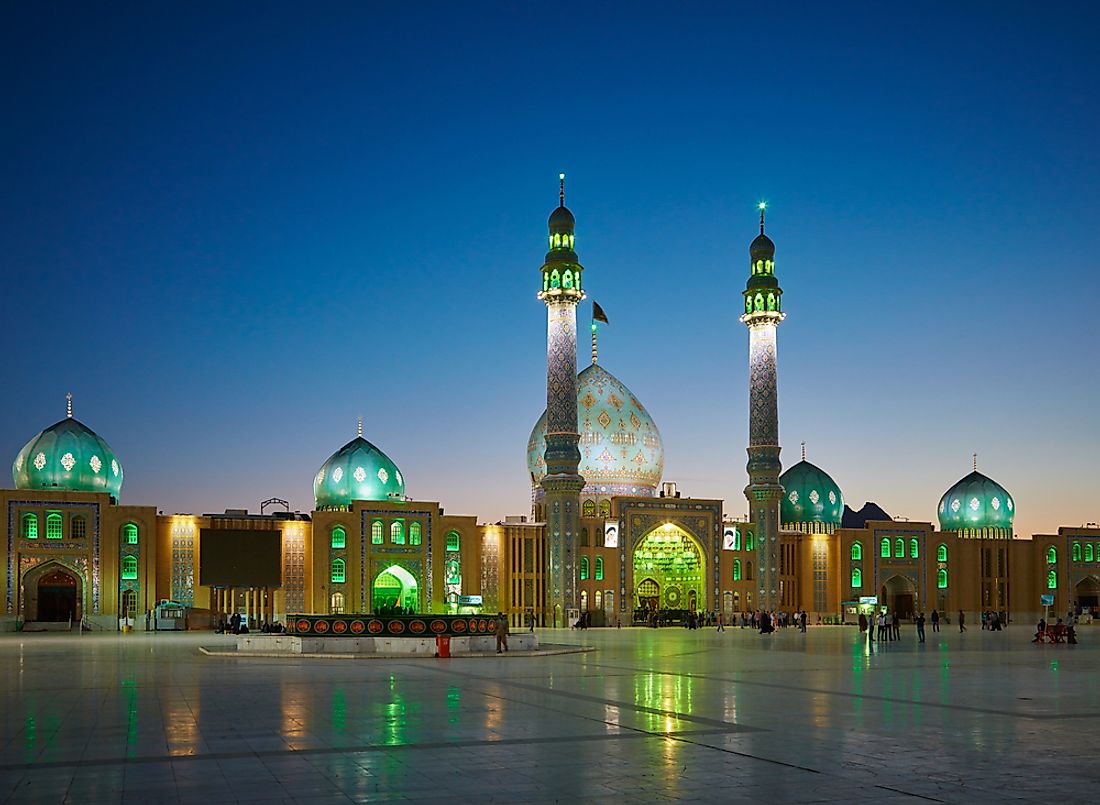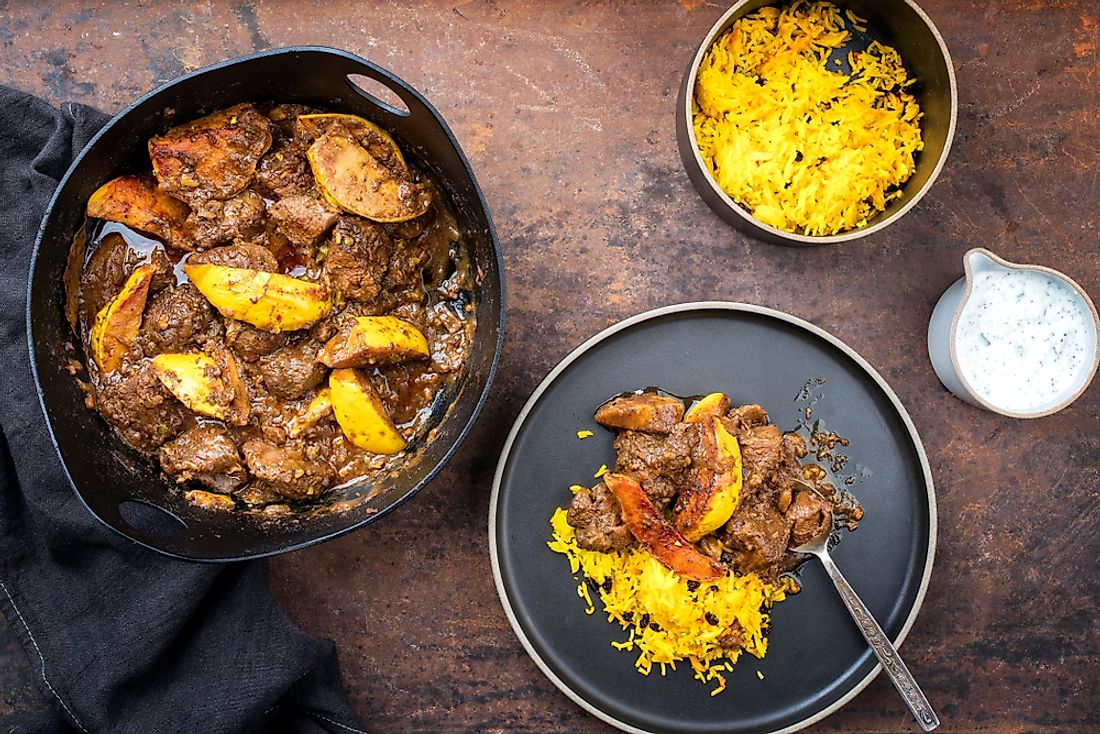Iranian Culture and Traditions

Located in western Asia, the Islamic Republic of Iran is the second largest country in the Middle East. It was historically the site of some of the world's oldest civilizations. Rich with history and diversity, the name “Iran" is often interchanged with "Persia". This is because the majority of the population in modern day Iran are part of the Persian ethnicity, which is mainly set apart through their language. There are many other languages spoken in Iran as well, including Gilaki, Mazandarani, and Azerbaijani. Another reason why the terms Iran and Persia are interchanged so frequently is because of the powerful kingdoms and empires of ancient Persia that dominated the region, which was centered within what would eventually become the modern-day country of Iran.
3. Cultural Significance
As one of the oldest civilizations in the world, Iranians and Persians have contributed much to the historical timeline of mankind. They had a huge hand in developing the textile industry, which commenced in the region as early as the Neolithic Era. In modern times, Iranian craftspeople are quite famous for their beautiful, and elaborately designed, Persian rugs and carpets. Iranians were also said to have given the world such delicacies as ice cream, cookies, and wine. Private banking was first developed in Persia over 2,000 years ago, as were standardized weights, money, and measures. In 537 BC, Cyrus the Great created a written declaration of human rights. Following him, King Darius I had a far-reaching human rights charter written only shortly thereafter. These are among the earliest human rights documents to be discovered to date.
2. Architecture

With such a long history, the architecture of Iran has changed drastically over the many different historical eras and ruling Iranian dynasties. Considered unique to their culture, the architecture of Iran can broadly be divided into two groups: Zoroastrian (or Pre-Islamic) and Islamic. Some of the most famous Zoroastrian buildings included the Persepolis, which was burned down by Alexander the Great, the Naqsh-e Rustam, an ancient necropolis with elaborate rock reliefs etched into the cliff-face dating as far back at 1000 BC, and the ancient cities of Pasargadae and Hatra. Notable Islamic buildings include the Naqshe Jahan Square, the Goharshad Mosque, and the Jamkaran Mosque. Like many other cultures, many of Iran's traditional buildings had cosmic themes, as well natural and calligraphy-ornamented motifs.
1. Cuisine

Iranian cuisine is highly varied, with its influences being sourced from those of many other great culinary traditions, including those of Greece, Turkey, Azerbaijan, and India. Due to ancient trading routes, Iranians had access to such exotic ingredients as mint, basil, sesame, and pistachios well before they had the means to cultivate them. Nowadays, Iranian staple foods are rice and bread dishes, and typical spices include saffron, cinnamon, and parsley. Most meals are a balance of different food dishes. Some typical Persian dishes are chelow kabab (their national dish, consisting of aromatic rice with roasted meat), kuku (a vegetable soufflé), and khoresh, a thick stew served over rice. Unlike many Western countries, the largest meal of the day takes place in the early afternoon.











